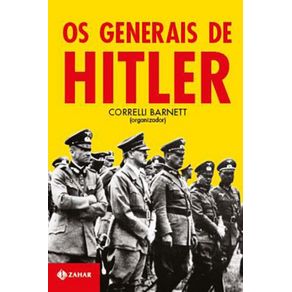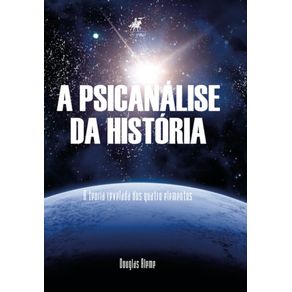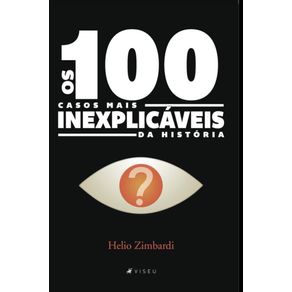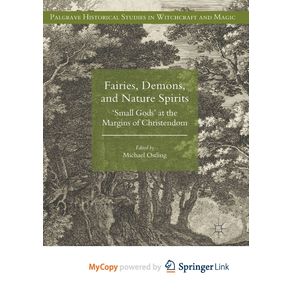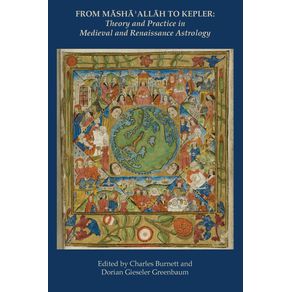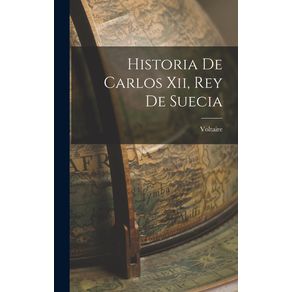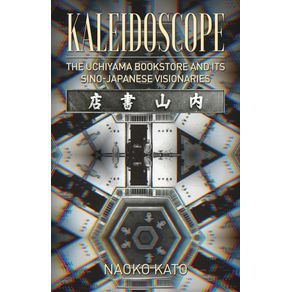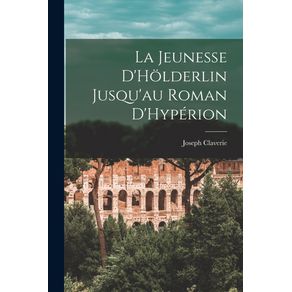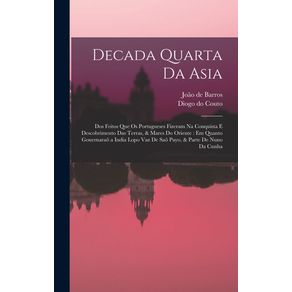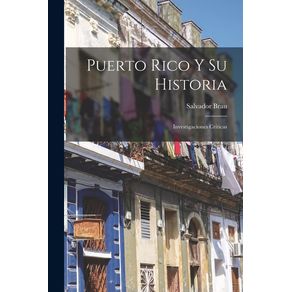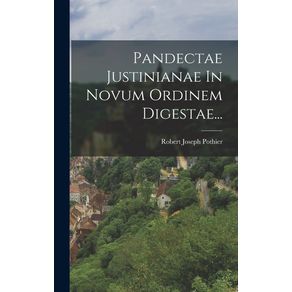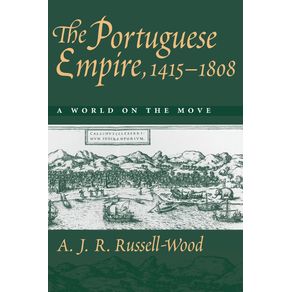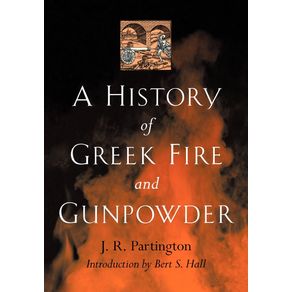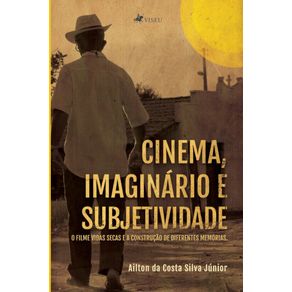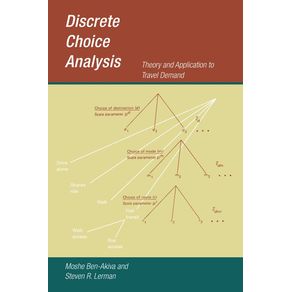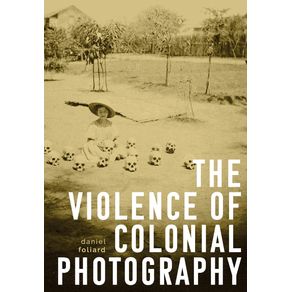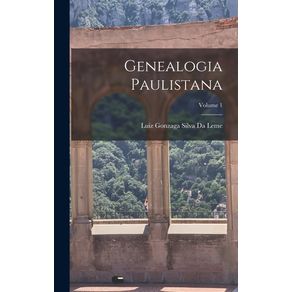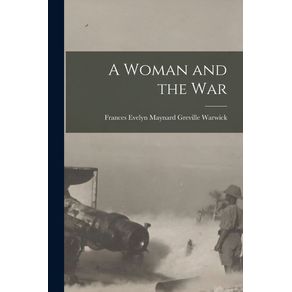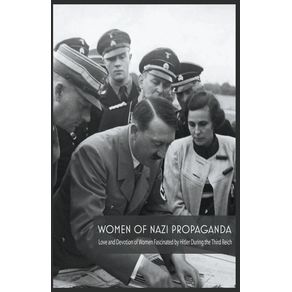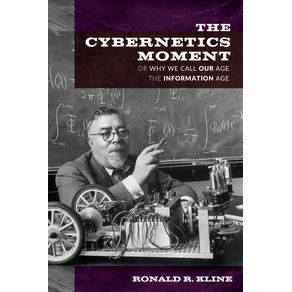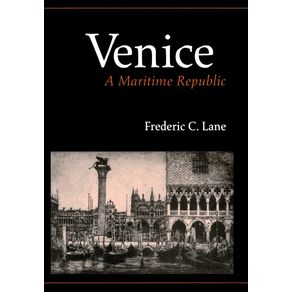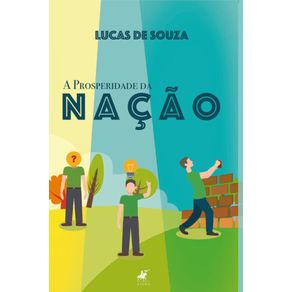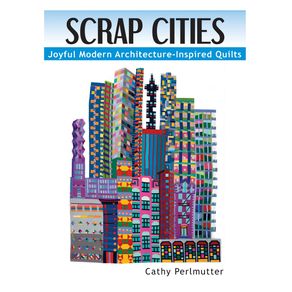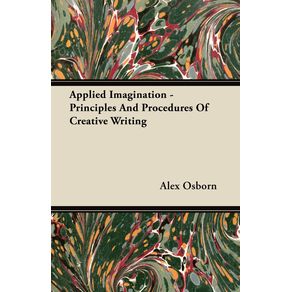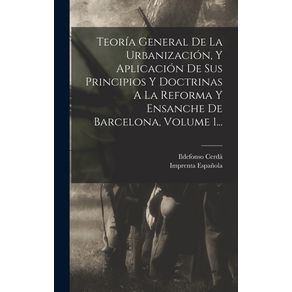-
DEPARTAMENTOS
- ANIMAIS DE ESTIMAÇÃO
- ARTES
- AUTO AJUDA
-
BEM ESTAR E LAZER
-
CATEGORIAS
-
-
CULINÁRIA E GASTRONOMIA
-
CATEGORIAS
-
-
ESPORTES
-
CATEGORIAS
-
- INFANTIL
-
RELIGIÃO
-
CATEGORIAS
-
- ADMINISTRAÇÃO E NEGÓCIOS
-
CIÊNCIAS BIOLÓGICAS E NATURAIS
-
CATEGORIAS
-
- DIREITO
- ECONOMIA
-
MEDICINA
-
CATEGORIAS
-
-
TODOS DEPARTAMENTOS
-
INTERESSE GERAL
-
LIVROS TÉCNICOS
-
- IMPORTADOS
Schools and Politics
Cód:
491_9786028397506
Schools and Politics
Autor:
Editora:
Código:
491_9786028397506
Vendido e entregue por Um Livro
The driving force of Minangkabau history arises from the struggle to build a balanced social order on a convergence of seemingly contradictory social and cultural aspects. From the time when Islam was conceived as a pillar of the Minangkabau world, the history of Minangkabau has been dominated by an effort to attain an acceptable equilibrium between the doctrine of a universal religion and the wisdom and ideals of the pre-existing pillar, the indigenous element or adat. The idea that Islam is an inseparable part of Minangkabau has generated constant internal struggle. A traditional notion that ideas which came from the outside world (the rantau) might endanger the foundation of Minangkabau or stimulate disturbing potentialities already inherent in it resulted in ambivalence toward Western-oriented modernization.The purpose of this study is to trace the development of the Kaum Muda movement and to inquire into its intellectual and social impact on Minangkabau. The principal actors were actually from the second generation of Islamic modernists, the students of the Kaum Muda ulama. We will examine the way they confronted their social and political environment; the path they followed in carrying out their various programs; their encounter with the Dutch government; and their relationship with the adat authorities. We will seek to determine the impact of the activities and intellectual development of these young Islamic modernists upon their own group and upon their relationship with their former mentors, the Kaum Muda ulama. For this reason, the study concentrates on the period beginning in early 1927 and ending with the third quarter of 1933. - Taufik Abdullah
Veja mais
